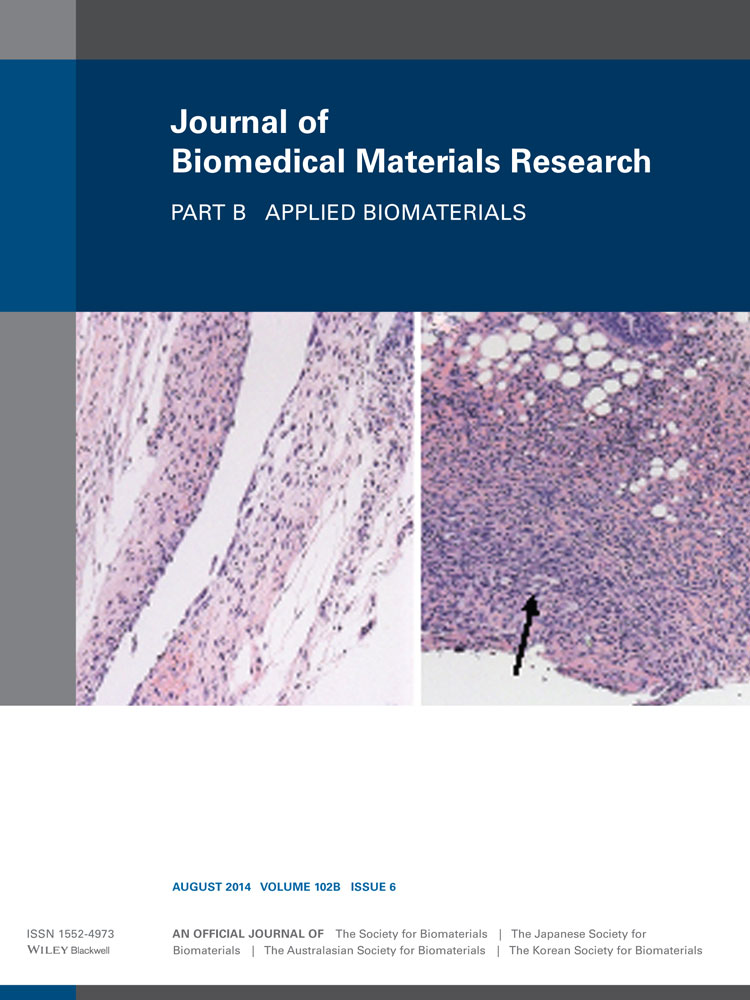Crosslinking of saphenous vein ECM by procyanidins for small diameter blood vessel replacement
Abstract
Xenogenic decellularized vessels, mainly composed of extracellular matrices (ECMs), are thought to be one of the alternative resources of small-diameter blood vessels due to abundant source, tubular configuration, vascular microstructure, and good cytocompatibility. However, the main shortcomings of ECM vessels are their low chemical stability, easy calcification, immunogenicity, and high risk of thrombogenicity. Previous studies have shown that, glutaraldehyde (GA), as a crosslinking agent, led to significant calcification and cytotoxicity for the prepared ECM substitutes. To overcome the drawbacks of pure and GA-crosslinked vascular alternatives of small-diameter blood vessels, procyanidins (PC), a naturally derived polyphenol with anti-inflammatory and platelet aggregation inhibiting bioactivities, was applied to crosslink the decellularized bovine saphenous vein ECM (svECM). After crosslinking, the obtained svECM substitutes exhibited natural tubular configuration with significantly improved mechanical properties, proper resistance to proteolysis, high chemical stability, and excellent anticalcification property. The PC-crosslinked svECM substitutes were cytocompatible for cells adhesion and proliferation, and blood compatible for erythrocytes with far less hemolysis than that of safety standard. Furthermore, the PC-crosslinked svECM substitutes showed distinct antithrombosis and anti-immunogenicity potential. With these advantages, it is suggested that the PC-crosslinked svECM may be used as a practical substitutes of small diameter blood vessels. © 2014 Wiley Periodicals, Inc. J Biomed Mater Res Part B: Appl Biomater, 102B: 1190–1198, 2014.




